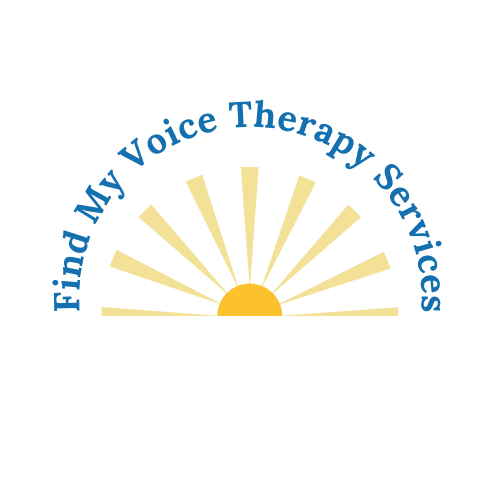Learning How We Talk: Important Steps in Growing Up
Understanding how we talk and use words is super cool!
It starts when we're born and continues as we grow up. It's really important for parents, teachers, and caregivers to know about the steps because it helps them to know if kids need extra help.
In this blog, we'll check out how kids learn to talk, what they do at different ages, and what to do if they need a little more help. Let's explore this fun journey together!
Check out these common speech and language skills kids usually have at different ages:
0-3 Months
Smiles when they see people they know
Moves at loud sounds
Gets quiet and smiles when you talk
Makes cooing sounds
Changes their cry for different needs (hungry, upset)
4-6 Months
Moves eyes in the direction of sounds
Responds to changes in your voice
Looks at toys that make sound
Pays attention to music
Coos and babbles
Makes babbling sounds like pa, ba, and ma
Laughs
Makes sounds when happy or upset
7-12 months
Turns and looks in the direction of sounds
Looks where you point
Looks or makes a noise when you call their name
Understands common items
Plays games with you (i.e., peek-a-boo)
Babbles long strings of sounds (i.e., babababa, and dadada)
Uses gestures (i.e., waving, and pointing)
Imitates different speech sounds
Has 1-2 words by 1 year
1-2 Years
Points to and names a few body parts
Follows 1-step directions
Responds to simple questions
Points to pictures in a book when named
Uses a lot of new words
Uses p, b, m, h, and w in words
Starts to name pictures in a book
Asks questions
Puts 2 words together by 2 years
2-3 Years
Understands opposites
Follows 2-step directions
Understands new words quickly
Has a word for almost everything
Talks about things that are not in the room
Uses k, g, f, t, d, and n in words
Uses 2-3 words
People who know them can understand them
Asks why questions
Uses words like in, on, and under
3-4 years
Responds when you call them from another room
Understands words for some colors, shapes, and words for family
Answers simple who, what, and where questions
Says rhyming words
Uses pronouns
Uses some plural words
Is understood by most people
Asks when and how questions
Puts 4 words together
Talks about what happened during the day
Produce v, s, j, ch, l, sh, and z
4-5 Years
Understands words for order
Understands words for time
Follows longer directions
Follows classroom directions
Hears and understands most of what they hear at home and in school
Says all speech sounds in words
Responds to " what did you say"
Names letters and numbers
Uses sentences that have more than 1 action word.
Tells a short story
Keeps a conversation going
Talks in different ways, (i.e. louder outside than inside)
Understanding how kids learn to talk and use words is super important for parents, teachers, and caregivers like you. It helps us to help kids grow their language skills. When we know what to look for as kids learn to talk, we can see how they're doing and if they might need some extra help.
But remember, every kid learns at their own speed, so not every kid reaches the same milestones at the same time. The stuff we talk about here is a general idea of what most kids do. If you're worried about how your child is talking, don't worry! We're here to help!
When we help out early, it really makes a big difference! Getting help quick can make things much easier for kids. Let's cheer on kids as they learn to talk and make sure they get the help they need. Together, we can make a big difference in how kids talk and feel!
References
American Speech-Language-Hearing Association. (n.d.). How does your child hear and talk? Retrieved from https://www.asha.org/public/speech/development/01/
Hanen Centre. (n.d.). Warning signs. Retrieved from https://www.hanen.org/Helpful-Info/When-You-Are-Concerned/Warning-Signs.aspx

